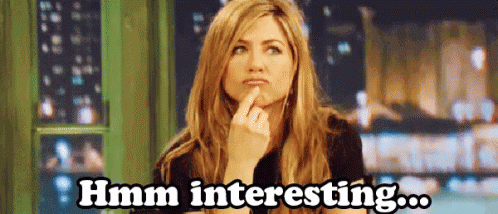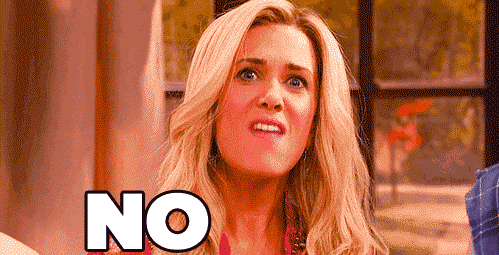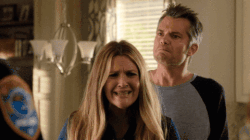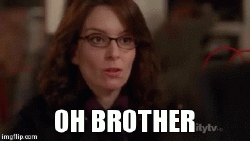I finally finished my MultiModal project! And do you know what that means? I’m done with all my CTW assignments and it’s summer!!
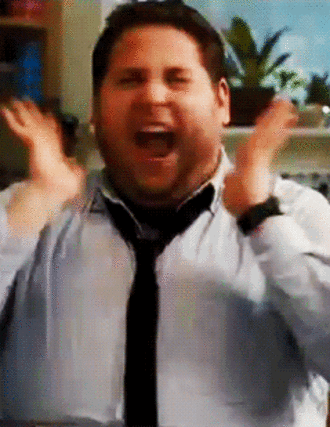
Source: Giphy
JK I WISH. I still have to write the companion essay for this class, and have a bunch of other assignments/tests in my other classes. BUT, that does mean that this is my final blog post, since I have hit the required 20 posts for the quarter. For this last one, I’ll reflect on my time in CTW.
As a person who doesn’t really like essays or English classes, I actually really enjoyed the class. I even got a little excited about writing some of my papers because they were about things that I cared about and was interested in (Title IX, athletics, etc.) TBT, this reminds me of Graff’s piece “Hidden Intellectualism” where he talks about using students’ non-academic passions in an academic way.
In addition to liking the class, I learned A LOT and believe that my writing significantly improved over the course of both quarters. The best part is that the stuff I learned is actually relevant!! The skills I learned can be applied to other classes/projects as well as nonacademic things.
Now that the sentimental rant is over, here is the thing you’ve actually been waiting for. So, without further ado, here is the link to my Title IX Instagram page that features my MultiModal project.

Source: Giphy


